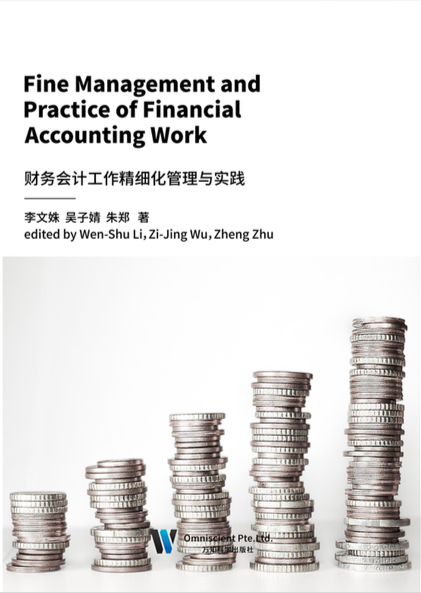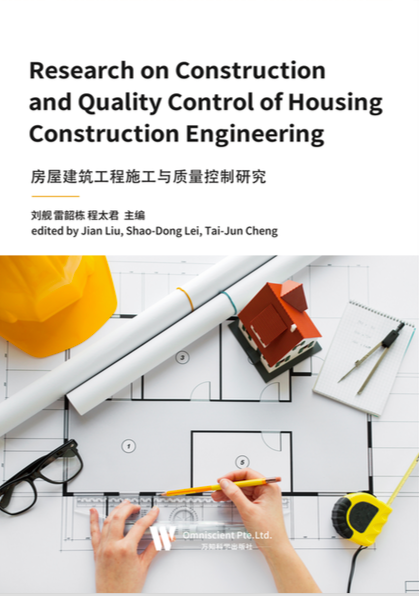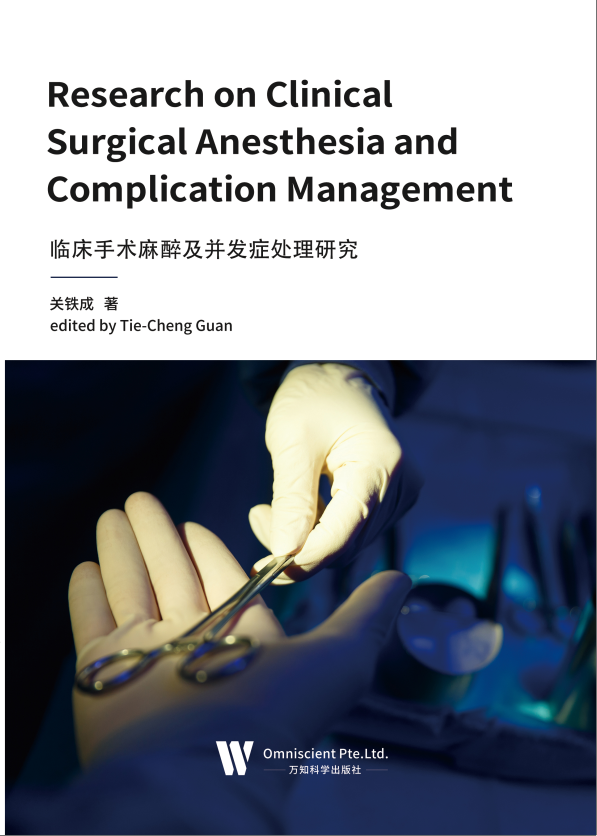
对于企业来说,其目标是生存、发展和获利,所谓“无利不起早”,也就是说 要赚钱。说到钱和利,企业所有的环节和工作,最终都会从财务核算的信息中反映出 来,而财务管理工作围绕这个企业目标的工作手段就是做好经营、投资和筹资的筹划运作。所以,企业财务管理非常重要,其管理的重点主要有以下四个方面。
第一,资产管理。包括资金、物料、固定资产、往来账项等管理内容,虽然其中有仓储、销售等使用或管理部门,但是他们往往是从数量的角度,而不是金额的角度来管理,换句话说,他们可能保证了资产的安全和完整,但是无法确保资产的价值,因此企业的资产管理只能在财务部门。
第二,经营管理。主要包括成本管理和盈利能力管理两个方面。产品成本和期间费用,发生部门在生产环节或其他部门,但是其高与低、合理与否却由财务部门来掌控,因为只有财务数据才能以货币这个全球统一的单位来体现和衡量它们。
第三,投融资管理。包括投资与筹资的筹划和运作。投资的预测和筹资的节拍对企业来说是至关重要的,而这些,也都是企业财务部门通过自己的管理工作才能够实现的。
第四,综合管理。如预算管理、研发项目管理、内控管理等,这些方向性的预测和规划,如果运用得当,会对企业产生深远的良性影响,而其影响不仅仅在最终的数据方面,更包括各项流程、人员素质、管理水平以及其他方面。
本书从精细化管理的角度,详细介绍企业财务管理的系统架构与岗位设计,然后分阶段阐述其工作职责、关键控制点,介绍各个部门、各个阶段精细化管控所需要的流程、制度、表格。同时,列出各项任务、各个阶段常见问题和解答,以此为企业财务人员提供操作指南和借鉴,是企业财务人员的行动指南。

现代的居住建筑工地工作的好坏与优劣,是个改变人们生活的因素,这也是影 响到负责建设单位的经济效益的因素之一。要不断优化建筑结构,为住宅建筑的可 持续发展奠定基础。居民对于居住的条件愈发严格。因此,建筑企业需要充分理解 时代的发展与变化,以及人们需求的变化对相关工作的影响,以更好地推动工程建 设。施工项目施工过程中,施工单位应根据项目的实际需要,制定科学的管理措施, 使企业取得良好的经济效益。住在一所房子里,这对于那些家庭比较富裕的中国人 来说很重要。它是我们生活中的重要组成部分。可以影响到民众的生活,而且现代 的建筑工程不断飞升,相关行业有着前所未有的机会,也存在一些问题。
质量控制对于房屋建筑工程而言是最为重要的内容,我们必须将工程质量管理 融合在工程项目管理过程里。同时,对于质量监督机构的监督和检查需要配合设计、 监理和施工单位之间的工作,多方面采取措施进行维护管理,这样才能确保工程项 目质量与实际情况相符合。一般需要经过规划质量、设计质量、招标质量、施工阶 段、竣工阶段不同的操作环节,从而达到整个项目的控制作用。
房屋建筑工程管理是一项综合性极强的工作,管理过程中我们必须做好各个环 节问题的处理工作,让每个建设项目都能得到有效处理。对房屋建筑工程建设中实 施质量计划必须全面落到实处,以提高工程项目质量。

目前,我国水利工程建设体系已相对完善,但是在水利工程的施工过程中,仍然存在工程设计不合理、施工人员素质有待提高、技术监管体系不完善等问题,这些问题会影响到施工技术的应用质量,从而影响到水利工程的效率、造价以及质量。
近年来,自然灾害频发,气候变化无常,干旱和洪水成为极为普遍的事情,对各地的生态建设和农业发展造成了极其恶劣的影响。在合适的河流隘口建设水利工程,能够将上述自然灾害的危害程度降低,同时促进水资源的合理配置,提高水资源利用率。我国由于地形复杂,地貌类型较多,导致水资源低于分布不均匀,建设水利工程,通过引水和调水可以促进水资源的均匀分布。
现阶段,我国的水利工程施工工艺相对完善,但是在桩基施工、混凝土碾压等技术应用过程中,由于人、物、管理等方面的问题,技术应用质量得不到有效保障,要想提高工程建设质量,就必须加强技术管理。 想要加强施工技术质量管理, 应当明确施工技术管理中存在的问题,完善施工技术管理机制,严格原材料质量审核,加强施工现场的机械设备管理,加强施工队伍素质建设,完善施工技术监管机制。

在临床上,麻醉作用非常强大,根据其独特的功能,人们为其取名为“手术过程中的守护神” ,因为麻醉的出现能够大幅度减少人们生理上的痛苦,从而减轻患者心理上的压力,提升医生在手术或是其他治疗工作上的效率。可以看出,麻醉本身还是具有较大的优势,是临床中不可或缺的一项治疗方法。
需要注意的是,手术并不是百分之百安全的,还会存在极小的风险,尤其是关于进行全身麻醉这一特殊方法,在对患者进行麻醉时,很有可能因为一些意外情况的发生(比如出现并发症) ,导致患者的身体机能有所损伤。如今的麻醉技术、药物有了较大的提升,能够最大限度避免明确的危险因素,但是仍有很多因素导致了相关并发症的发生。因此, 透彻认识解剖学知识,严格掌握阻滞操作的适应证和禁忌证,始终坚持细致地实施麻醉操作技术,谨慎地选择局麻药的种类和剂量,使用有利于麻醉操作技术的专门设备,可以最大限度地降低有关长期并发症的发生。

临床麻醉工作的特殊性,决定了其固有的紧急性、危险性。无论何种手术,所实施各种麻醉的危险性和意外情况的发生都是无法避免的,它直接危及病人的生命,麻醉安全一直是麻醉界关心的问题。
随着基础医学突飞猛进的发展,临床麻醉也有了长足的进步。然而,麻醉技术仍是一项高风险的医疗技术,麻醉安全问题仍是卫生主管部门、麻醉医师和患者共同关心的头等大事。麻醉学是运用有关麻醉的基础理论﹑临床知识和技术以消除患者手术疼痛,保证患者安全,为手术创造良好条件的一门科学。
目前,麻醉学已经成为临床医学中一个专门的独立学科,主要包括临床麻醉学、急救复苏医学、重症监测治疗学、疼痛诊疗学和其他相关医学及其机制的研究,是一门研究麻醉、镇痛、急救复苏及重症医学的综合性学科,其中临床麻醉是现代麻醉学的主要部分。麻醉医师承担了整个围手术期为患者生命保驾护航的任务,必须有过硬的学科能力和娴熟的操作技术,更需要超强的应变能力及强烈的责任心。